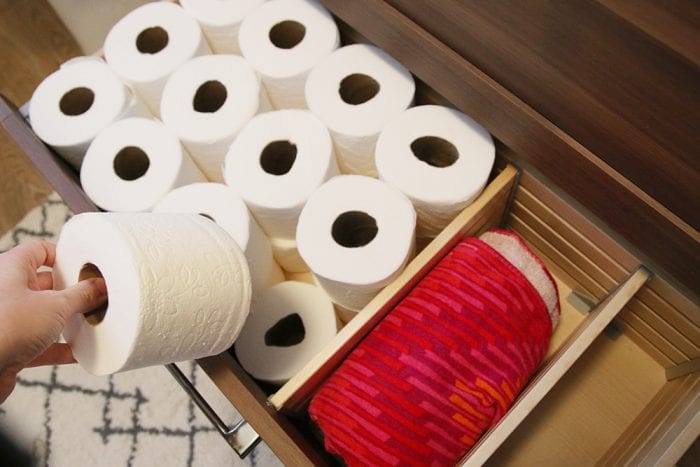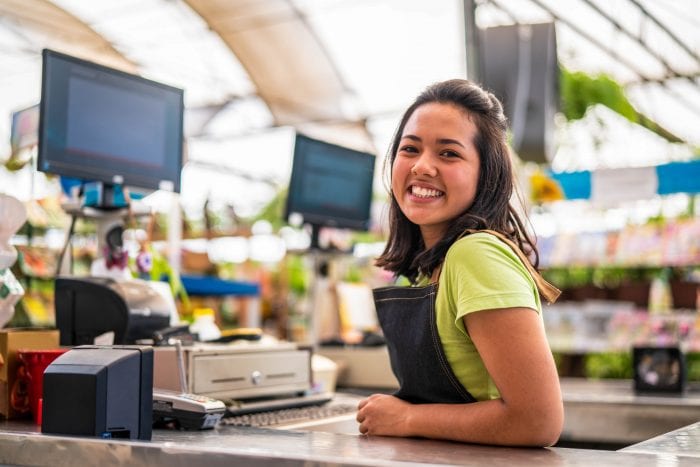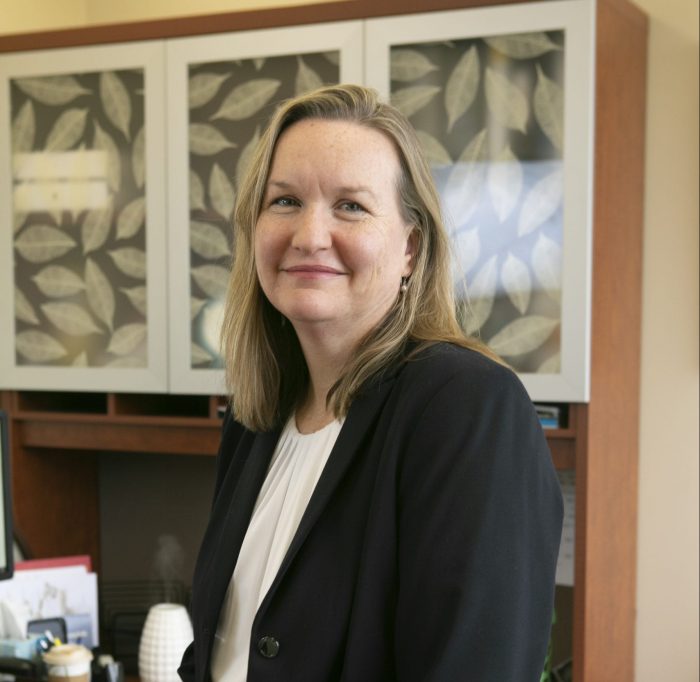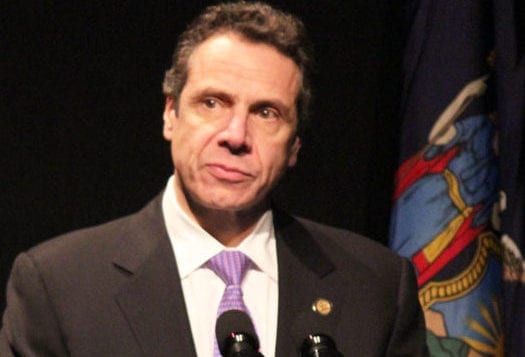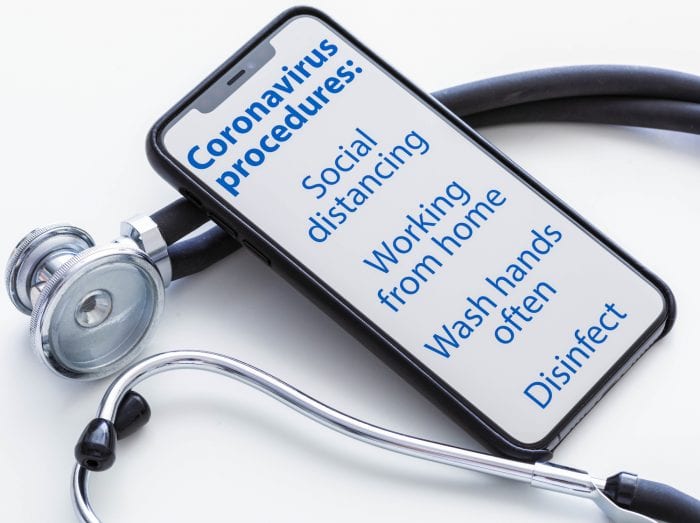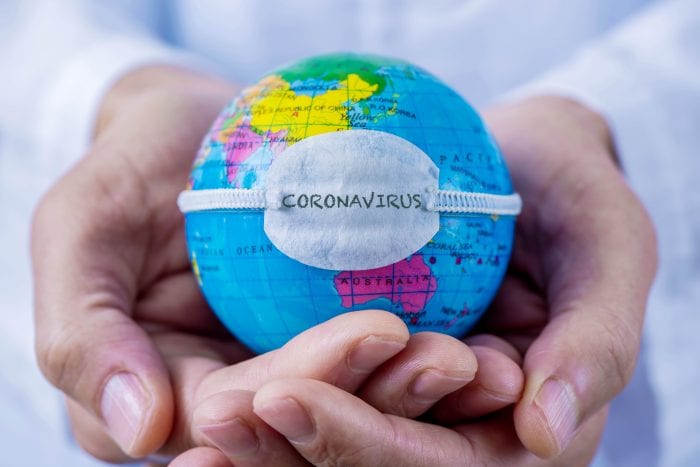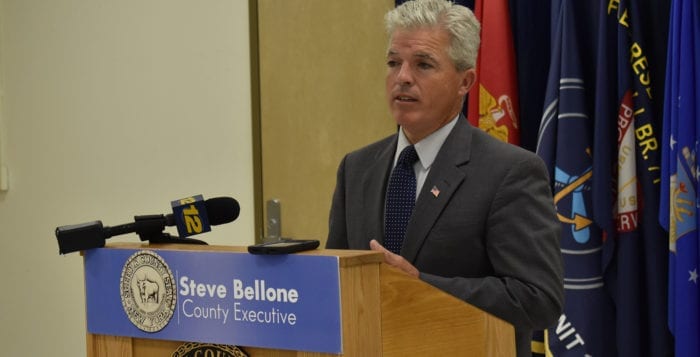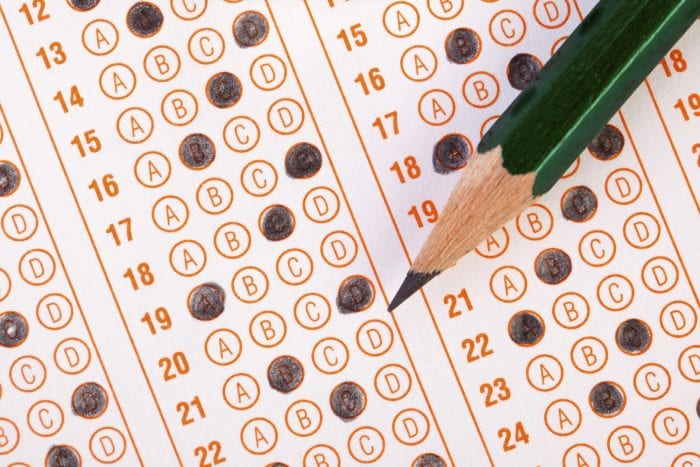By Leah S. Dunaief

Hello. Here we are again, one week later and still in the midst of COVID-19. In fact, we are in a lot deeper. I’m sure, even if we here in New York are used to being the center of everything, that it doesn’t make you a little bit happy to know we are at the epicenter of the United States pandemic.
By the way, have you figured out how novel coronavirus morphed into COVID-19? It was pointed out to me that the CO comes from corona, the VI from virus and the D stands for disease. The number 19 represents 2019, the year it emerged and flung itself on the unsuspecting population of the world. In fact, this new coronavirus was named by the World Health Organization.
The best laid plans of mice and men often go awry. Robert Burns wrote that saying, and well before COVID-19. Only he said it more elegantly in “To a Mouse.” What the Scottish poet wrote was, “The best laid schemes o’ mice an’ men/Gang aft awry.” Well, I suspect you too, like me, are feeling awry or off-balance.
This past Sunday was to be our 44thth annual People of the Year celebration at the Three Village Inn in Stony Brook. There we would have handed out certificates and expressed appreciation to those who had worked to make our lives better during 2019. Instead all such gatherings were shut down for fear of contagion. Breakfast and luncheon appointments were cancelled, meetings were postponed indefinitely, children were home from shuttered schools and colleges, and supermarkets were swept clean of all animal protein and, would you believe, toilet paper.
This whole subject has got to be the dark comic relief of the times we are living through, as I have mentioned before. Who would have imagined that social status could be determined by how many rolls of toilet paper one possesses? Never mind Rolls Royces! Open your bathroom cabinet and let’s see how many rolls you’ve got in there. I’m happily receiving all sorts of cartoons on the subject. The latest one shows a typical family of four: — husband, wife, daughter and son, — in a subterranean room, up to their waists in rolls of the stuff, and the father asking, “Did anyone bring any food?”
There are things I have learned since this all began. I’m not talking about the big stuff, like what’s really important in life. No, more basic things. I never thought, when washing my hands, that I should also be including my wrists. I considered washing my hands to be just my hands. Now I soap up to above my wrist bone for the requisite 20 seconds, then rinse thoroughly. So if you see me and the front of my blouse is a little wet, you’ll know that I was diligent.
But you probably won’t see me, and I won’t see you because of self-isolation and social distancing. From six feet away, you won’t be able to judge the condition of my blouse.
And by the way, how is your unsocial life going? Under the heading of learning new things, I have participated in my first Zoom session. And my second. And my third. The meetings were with the sales staff, and although we couldn’t share the cookies or pretzels usually brought by sales people to the meetings, we did get to see each others’ faces and hated the sight of our own necks.
All joking aside, I am as worried about the survival, among others, of small businesses in our villages as I am about the virus. That includes our business. It is short-term survival when revenues only trickle in and expenses continue rushing out.
We know what we do, by delivering the latest news and vital information, is essential for the community. And in fact, so is what the other businesses do, for they make up the hearts of our villages. The government has just offered help for us to survive. We hope it arrives in time.

